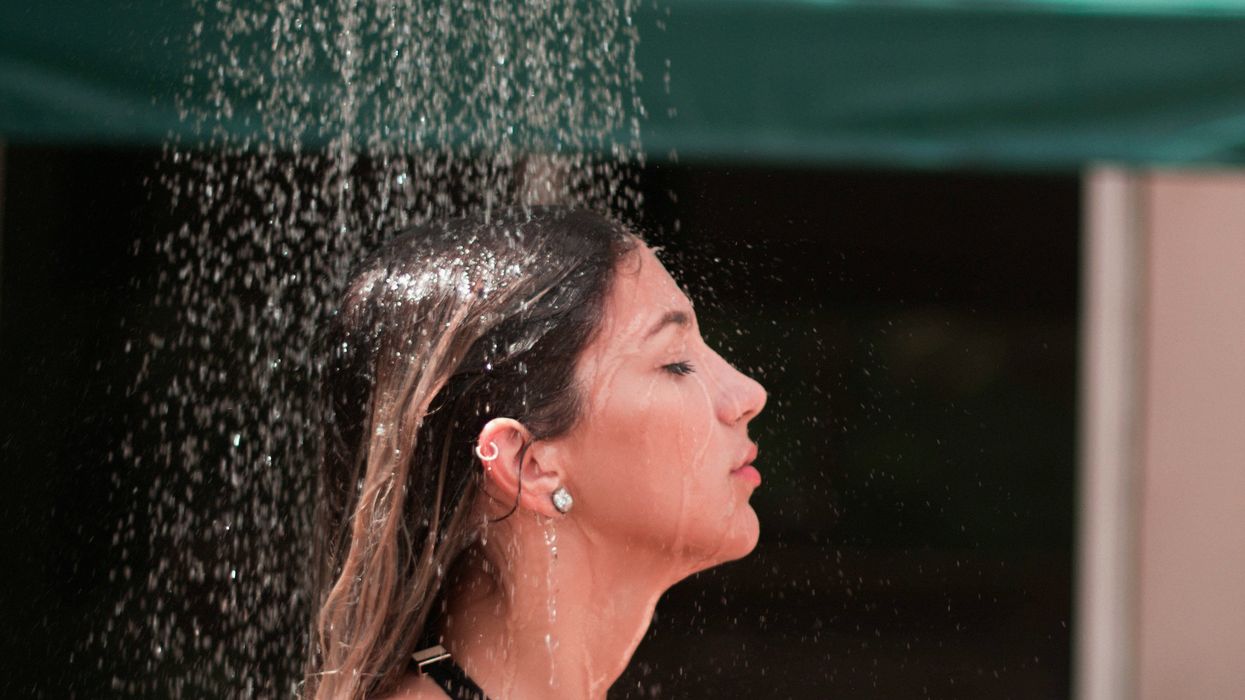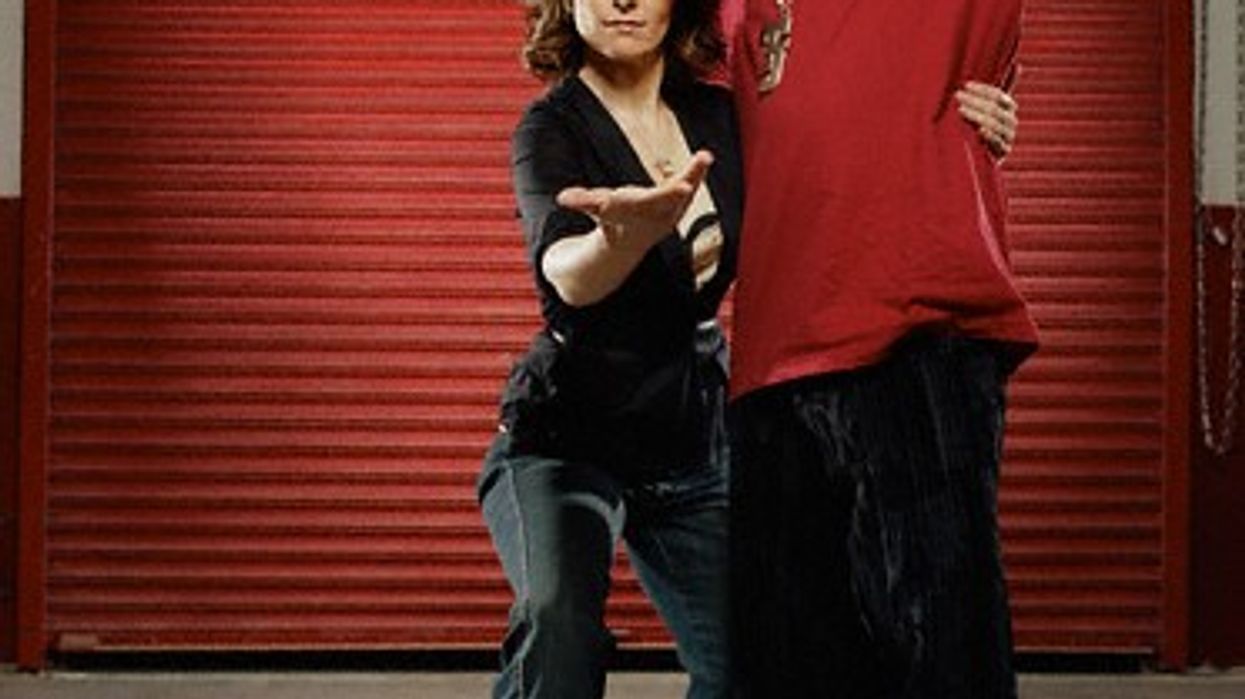After weeks of controversy over its MPAA rating, the documentary Bully is in theaters now. We asked two educators who have already seen the film to write about their reactions and the lessons they'll take back to their own schools. Read a teacher's take.
Not everyone has been a victim or a bully, but we’ve all been bystanders. If you doubt this, watch Bully.
The film opened in Los Angeles last weekend, and as I watched it, I saw footage of students being stabbed, punched, and yelled at. I saw a student grasping his head because it had been smashed into a nail, and heard another student recount being run over by a minivan full of schoolmates. The thread holding these events together was the adults standing by, believing kids are just being kids and wondering why the victims can’t just make the bullying stop.
As a sister and friend to victims, as a former bystander, and as a school administrator at KIPP Comienza Community Prep in Los Angeles, I felt anger, frustration, sadness, and shame. In the film, we witness teachers and administrators who struggle to demonstrate strong judgment and social intelligence. When a victim avoids shaking hands with his bully, an administrator asserts the victim is "just as bad" as the bully who punches, hits, and picks on others.
Later, the film production crew shares footage of escalating bullying with a student’s family. When the family seeks help and asks an administrator to take the bullying seriously, she pulls out pictures of her grandchildren. Rather than implementing changes, the administrator explains she wishes she could make it stop, but she can’t.
You can’t or you won’t?
It's common to hear educators say that all students deserve a learning environment that is safe and values them as individuals and leaders, but this kind of school culture doesn’t happen on its own. It takes time, deliberate effort, and a belief that all students must learn both academics and character. I've been a school administrator for three years, and there is still plenty for me to learn so that I can make the best school possible for my students. But I won't be a bystander on this issue.
I—and every other administrator—should be held responsible for acts of bullying taking place on campus. Like many schools, we have a zero-tolerance bullying policy at KIPP Comienza. But schools need to go further and set and reinforce a school culture that explicitly teaches empathy and character traits and values.
As a team, my school staff agrees to start the school year earlier and end later. Each year during the first three weeks of school, teachers requested all-staff morning meetings to anchor us in the school values. We spend nearly 35 percent of our professional development and planning time focused on maintaining a strong and positive school culture, strengthening the social and emotional health of our students, and learning to better exemplify our school values as individuals. Our staff is deeply invested in the character development of our students, which in turn makes our students invested in becoming better friends, teammates, and leaders.
Students need to know what each character trait or value looks like, sounds like, and feels like in order to demonstrate them in varied situations. Our teachers design activities and experiences that systematically teach and strengthen traits like integrity, judgment, kindness, and social intelligence—and they make them age-appropriate. For example, in kindergarten our indicators for reflection are, "I learn from mistakes; I think about my choices and make good decisions; and I understand what I need to be successful."
Reflection looks like a student throwing a piece of garbage on the ground and rushing to go play outside, then turning around and placing the garbage in the trash bin. Reflection sounds like students sincerely saying to each other, "I’m sorry I hurt your feelings. Can I please borrow a pencil so I can do my work?" Or "I made a mistake." For our young kindergarteners, reflection feels like being in control of their own thoughts and actions. They realize that though they may make mistakes, they have the ability to do better next time.
Our students also receive weekly school-wide lessons on these character traits or skills. Students observe a skit in which teachers and students act out or role-play scenarios. The audience is involved in helping the characters make better choices. In classrooms, teachers start the days with morning meetings focused on building relationships. At the end of the day, teachers gather students in a values circle to reflect on individual and group choices made throughout the day. Students and teachers also assess individual and group behavior before each child completes a daily log identifying how well they exemplified the school values—courage, ganas, honor and reflection that day.
With such a strong focus on character development, we're able to spend our energy being proactive rather than reactive. We also discourage bystanders with consequences for not showing courage and empathy.
Do students still make bad choices? Yes, but bad choices are consistently met with appropriate consequences. Do adults in the building still make mistakes? Yes, but as adults we must push ourselves to have the courage to admit fault, improve, and maintain a learning environment that is supportive and safe for all students.









